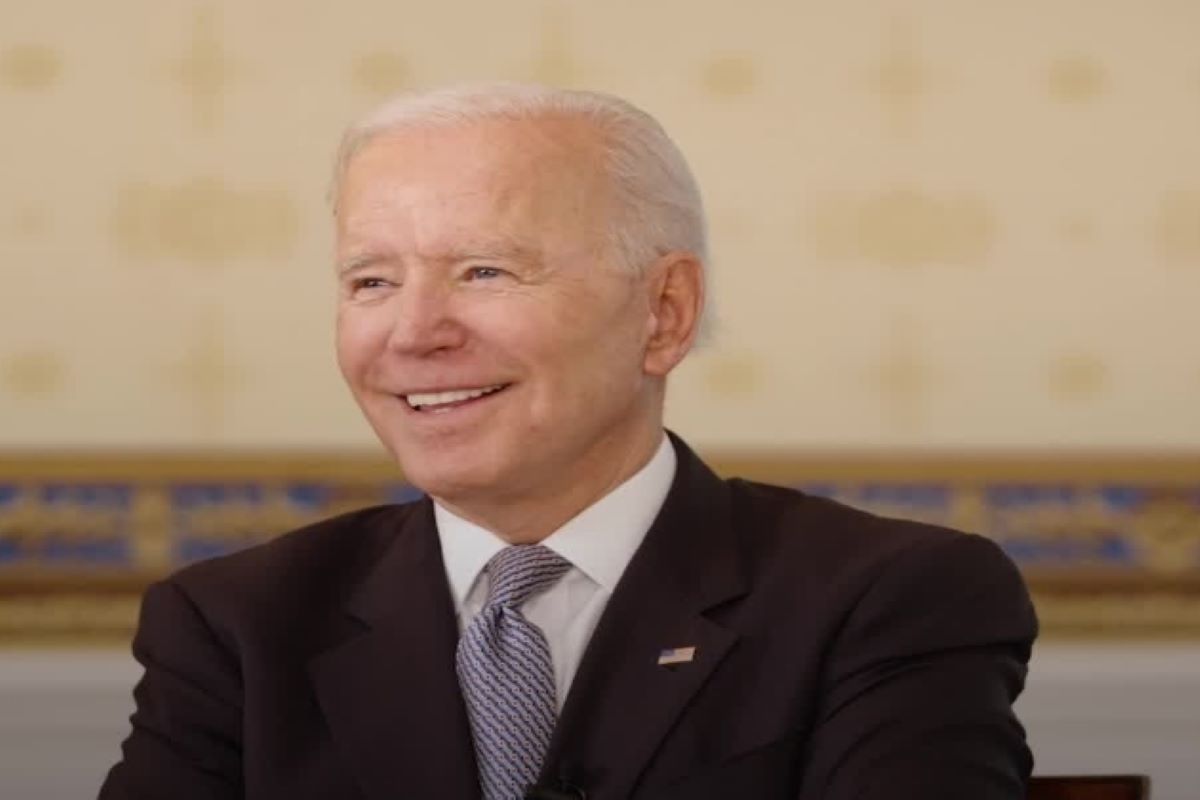On his nation’s birthday, US President Joe Biden hailed strides towards freedom from the pandemic while being wary that the virus wasn’t over as he called vaccination “the most patriotic thing you can do”.
“Today, all across this nation, we can say with confidence: America is coming back together,” Biden declared at the South Lawn of the White House.
Advertisement
For Biden it was a long-awaited opportunity to highlight the success of the vaccination campaign he championed.
The event was the largest yet of his presidency, the clearest indication yet that the US had moved into a new phase of virus response.
Shifting from a national emergency to a localized crisis of individual responsibility, the nation also moved from vaccinating Americans to promoting global health.
“This year the Fourth of July is a day of special celebration, for we’re emerging from the darkness of a year of pandemic and isolation, a year of pain fear and heartbreaking loss,” the president said before fireworks lit up the sky over the National Mall.
Biden said: “Today we’re closer than ever to declaring our independence from a deadly virus. That’s not to say the battle against Covid-19 is over. We’ve got a lot more work to do.”
And there was much to cheer: Cases and deaths from Covid-19 were at or near record lows since the outbreak began, thanks to the robust US vaccination programme.
However, Biden’s optimism was measured for good reason. The vaccination goal he had set with great fanfare for July Fourth – 70 per cent of the adult population vaccinated – fell short at 67 per cent, according to figures from the Centers for Disease Control and Prevention.
More concerning to officials was the gap between heavily vaccinated communities where the virus was dying out and lesser-vaccinated ones where a more infectious variant of the virus was already taking hold.
More than 200 Americans still die each day from Covid-19, and tens of millions have chosen not to get the lifesaving vaccines.
The administration was sending “surge” teams to Colorado and Missouri. Additional squads of infectious disease experts, public health professionals and doctors and nurses were getting ready to assist in additional locations with a combination of low vaccination rates and rising cases.
The Biden administration was increasingly turning the federal response to the complicated logistics of sending excess US vaccines abroad in an effort to assist other nations in beating back the pandemic.
With US demand for vaccines falling even as they have been widely available for months, and as governments and businesses dangled an array of incentives at Americans to get a shot, officials were increasingly emphasizing that the consequences of disease now largely reflect the individual choices of those who are not yet vaccinated.
“The suffering and loss we are now seeing is nearly entirely avoidable,” said the CDC’s director, Dr. Rochelle Walensky.
When asked about the potential risks of holding gatherings around July Fourth in areas where there are large pockets of unvaccinated individuals, White House press secretary Jen Psaki had countered that “if individuals are vaccinated in those areas, then they are protected.”
The White House was not requiring vaccinations but was asking guests to get a Covid-19 test and to wear a mask if they are not fully vaccinated.











